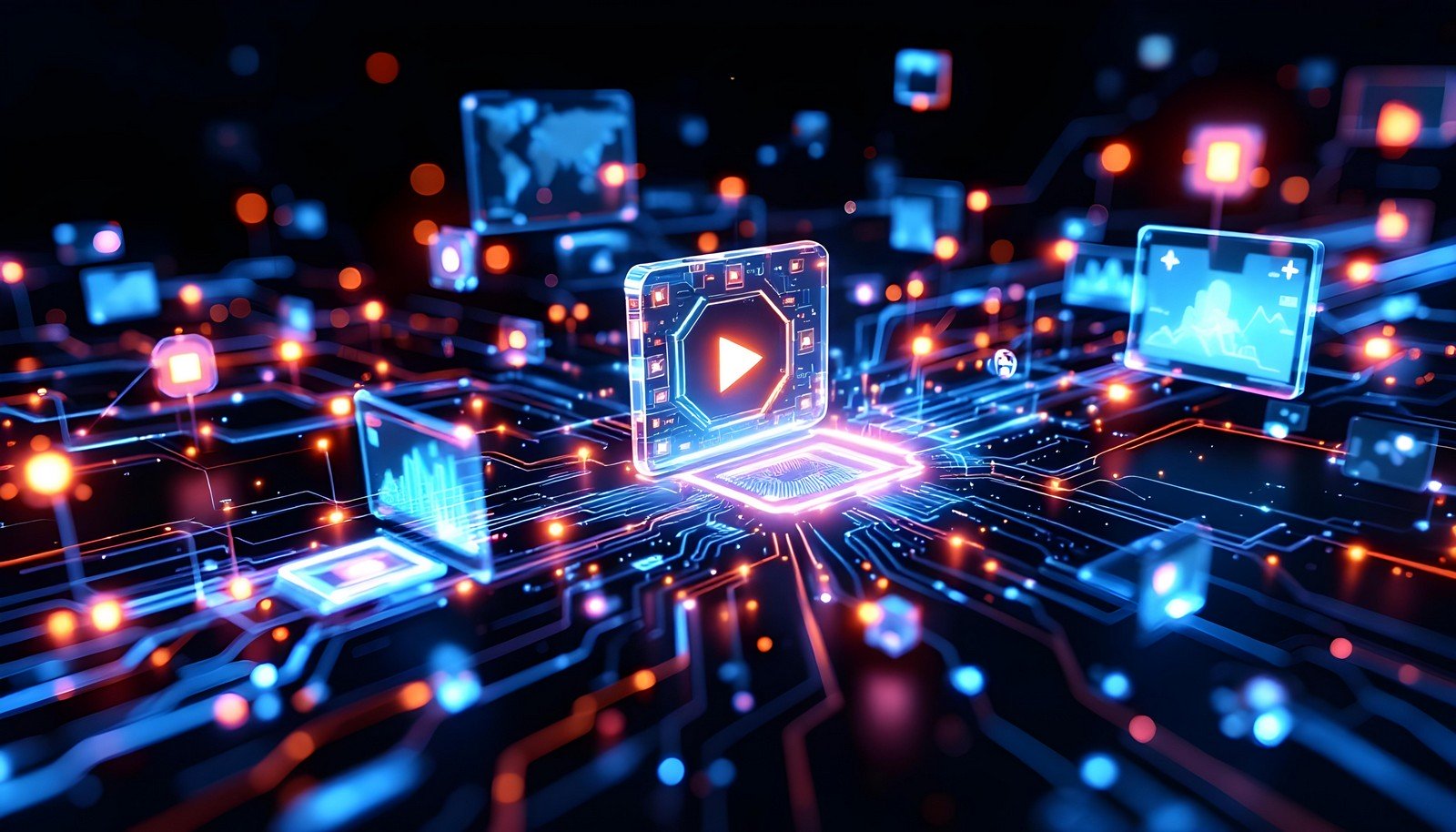Keypoint Detection

Quick Navigation:
- Keypoint Detection Definition
- Keypoint Detection Explained Easy
- Keypoint Detection Origin
- Keypoint Detection Etymology
- Keypoint Detection Usage Trends
- Keypoint Detection Usage
- Keypoint Detection Examples in Context
- Keypoint Detection FAQ
- Keypoint Detection Related Words
Keypoint Detection Definition
Keypoint detection is a computer vision technique used to identify and mark critical points in an image. These points, also known as "keypoints," correspond to important or unique areas, such as edges, corners, or distinct features. Keypoint detection is crucial in applications like facial recognition, pose estimation, and image matching, where understanding specific features of an image is necessary. It helps algorithms focus on distinctive points, simplifying subsequent analysis and making processes more efficient in tasks like object detection.
Keypoint Detection Explained Easy
Imagine you’re looking at a picture of your friend. Now, think about noticing specific spots like the eyes, nose, and mouth. Keypoint detection works similarly for a computer—it finds important spots in a picture and marks them so that the computer knows where they are. This helps the computer figure out what it’s seeing!
Keypoint Detection Origin
The development of keypoint detection stems from the field of computer vision, especially through advancements in feature extraction and object recognition in the late 20th century. As image processing evolved, keypoint detection became an essential method for helping computers recognize and categorize images more accurately.
Keypoint Detection Etymology
The term “keypoint” refers to "key" areas of interest in an image, where "point" denotes specific coordinates on the image. The word reflects its purpose: identifying important, or "key," locations on a visual "point."
Keypoint Detection Usage Trends
With the rise of machine learning, particularly deep learning, keypoint detection has become fundamental in fields like augmented reality, security, and biometric systems. Its applications are growing, particularly in areas requiring precise identification of features, such as healthcare imaging, automotive safety, and robotics.
Keypoint Detection Usage
- Formal/Technical Tagging:
- Computer Vision
- Image Processing
- Feature Extraction - Typical Collocations:
- "keypoint detection algorithm"
- "feature matching with keypoint detection"
- "keypoint-based object detection"
Keypoint Detection Examples in Context
- In facial recognition, keypoint detection marks the eyes, nose, and mouth to recognize individual faces accurately.
- Keypoint detection algorithms are often used in robotics for object recognition and tracking within dynamic environments.
- Pose estimation in sports training uses keypoint detection to identify joint positions for better performance analysis.
Keypoint Detection FAQ
- What is keypoint detection?
Keypoint detection is a computer vision technique to identify specific points in images, aiding in tasks like object and facial recognition. - How does keypoint detection work?
It identifies areas with high variability in intensity, marking unique points for further analysis. - What is keypoint detection used for?
It’s widely used in applications such as pose estimation, face recognition, and augmented reality. - Is keypoint detection used in real-time applications?
Yes, it can be optimized for real-time tasks like video analysis and surveillance. - Can keypoint detection be applied to 3D images?
Yes, keypoint detection is also used in 3D image analysis for tasks like augmented reality and medical imaging. - What are popular keypoint detection algorithms?
Algorithms include SIFT (Scale-Invariant Feature Transform), SURF (Speeded Up Robust Features), and ORB (Oriented FAST and Rotated BRIEF). - Is keypoint detection the same as object detection?
No, keypoint detection identifies specific points, while object detection locates entire objects within an image. - Can keypoint detection be used for image matching?
Yes, it’s a common technique for matching similar images based on distinctive points. - What is the role of deep learning in keypoint detection?
Deep learning techniques have advanced keypoint detection, making it more accurate and adaptable to complex tasks. - How does keypoint detection benefit augmented reality?
It helps align virtual elements with real-world images, enhancing the immersive experience in AR applications.
Keypoint Detection Related Words
- Categories/Topics:
- Computer Vision
- Machine Learning
- Image Processing
Did you know?
Keypoint detection is foundational in augmented reality, allowing applications to track specific points on real-world objects. This capability enables smoother and more interactive experiences, such as in mobile apps that overlay digital content onto physical environments.
PicDictionary.com is an online dictionary in pictures. If you have questions or suggestions, please reach out to us on WhatsApp or Twitter.Authors | Arjun Vishnu | @ArjunAndVishnu

I am Vishnu. I like AI, Linux, Single Board Computers, and Cloud Computing. I create the web & video content, and I also write for popular websites.
My younger brother, Arjun handles image & video editing. Together, we run a YouTube Channel that's focused on reviewing gadgets and explaining technology.



Comments powered by CComment